Your cart is currently empty!
Category: Cultivation Tips
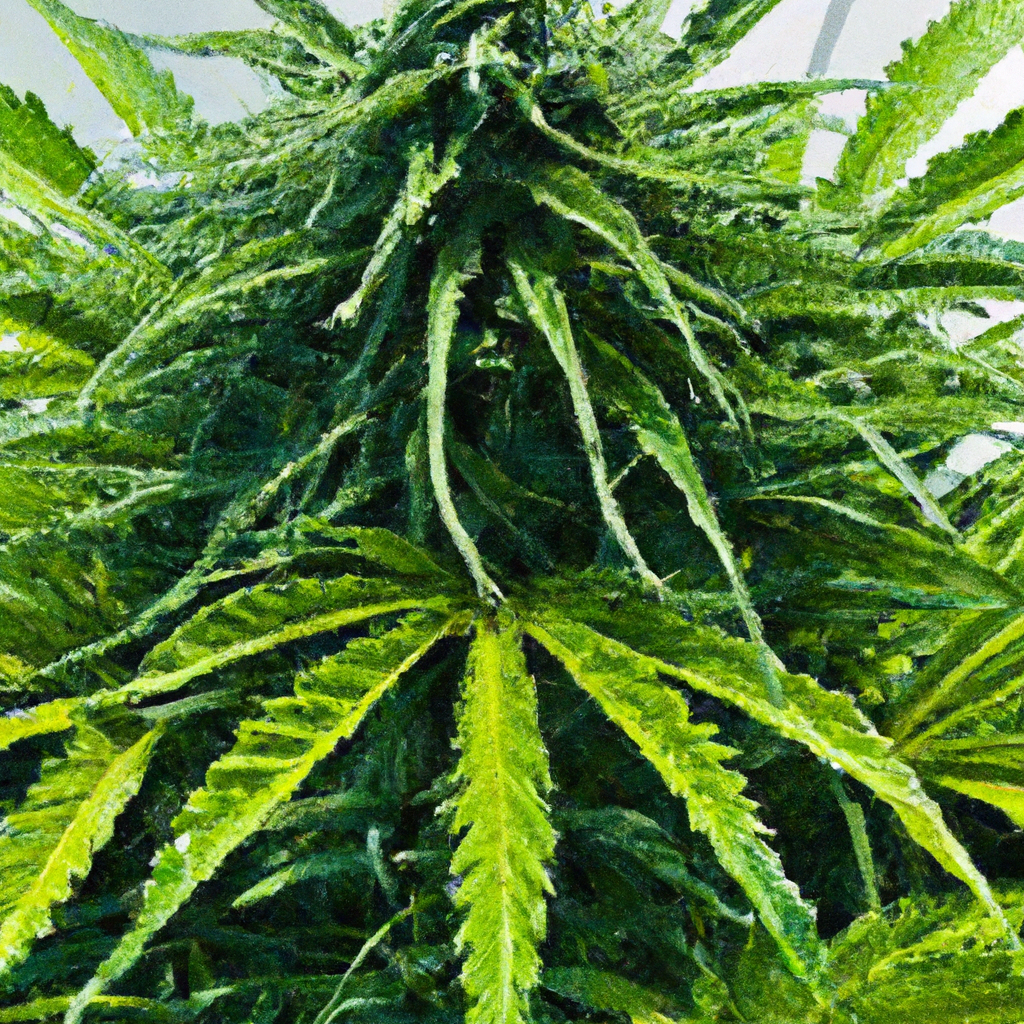
Ensuring effective watering is vital for healthy cannabis growth, yet many growers face common water-related challenges such as overwatering, underwatering, and improper scheduling. Recognizing signs of distress like yellowing leaves and drooping stems can prevent root and nutrient issues. Implement smart irrigation systems and schedule watering during cooler parts of the day to improve water…
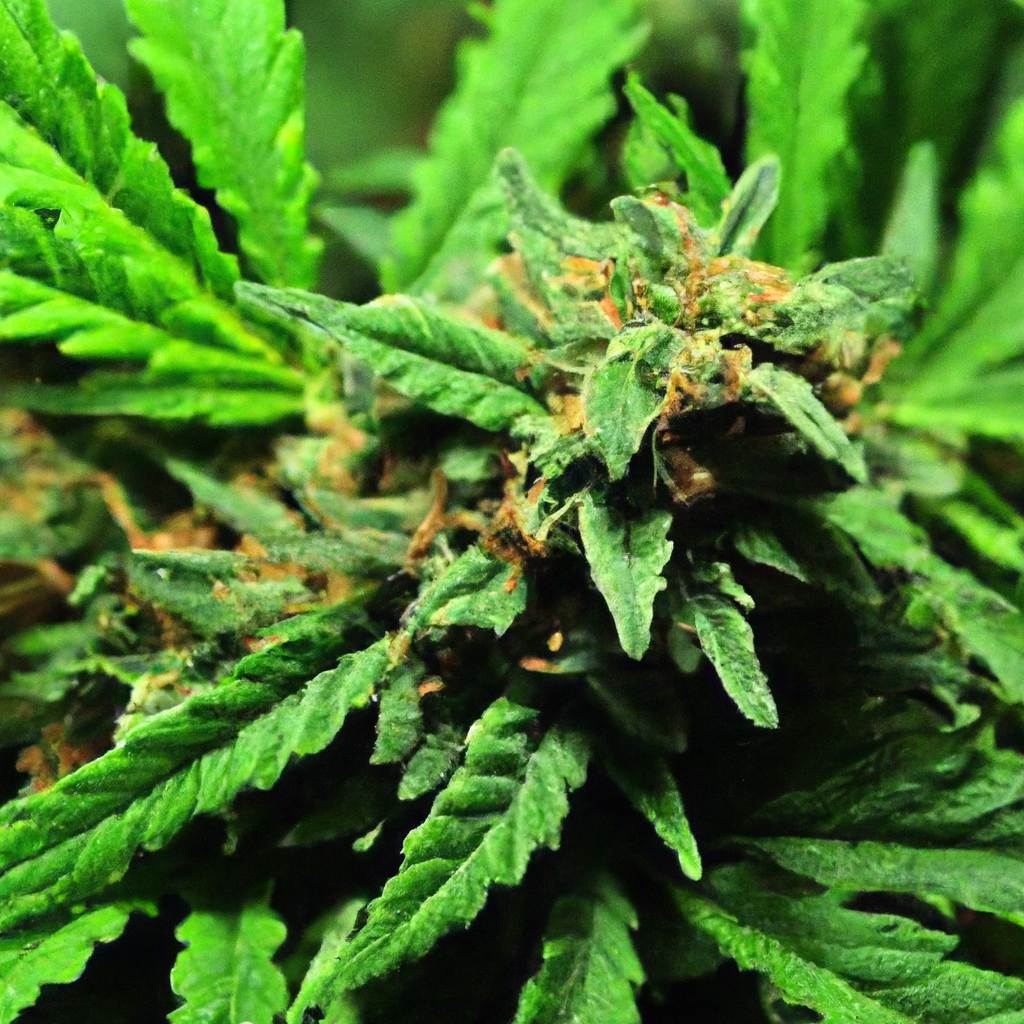
Understanding fertilizers is essential for successful cannabis cultivation, as they play a vital role in plant growth, yields, and quality. Growers must choose between organic fertilizers, which improve soil health and are eco-friendly but release nutrients slowly, and synthetic fertilizers, which offer fast-acting nutrients but may harm beneficial microbes. Effective fertilization involves adapting strategies to…
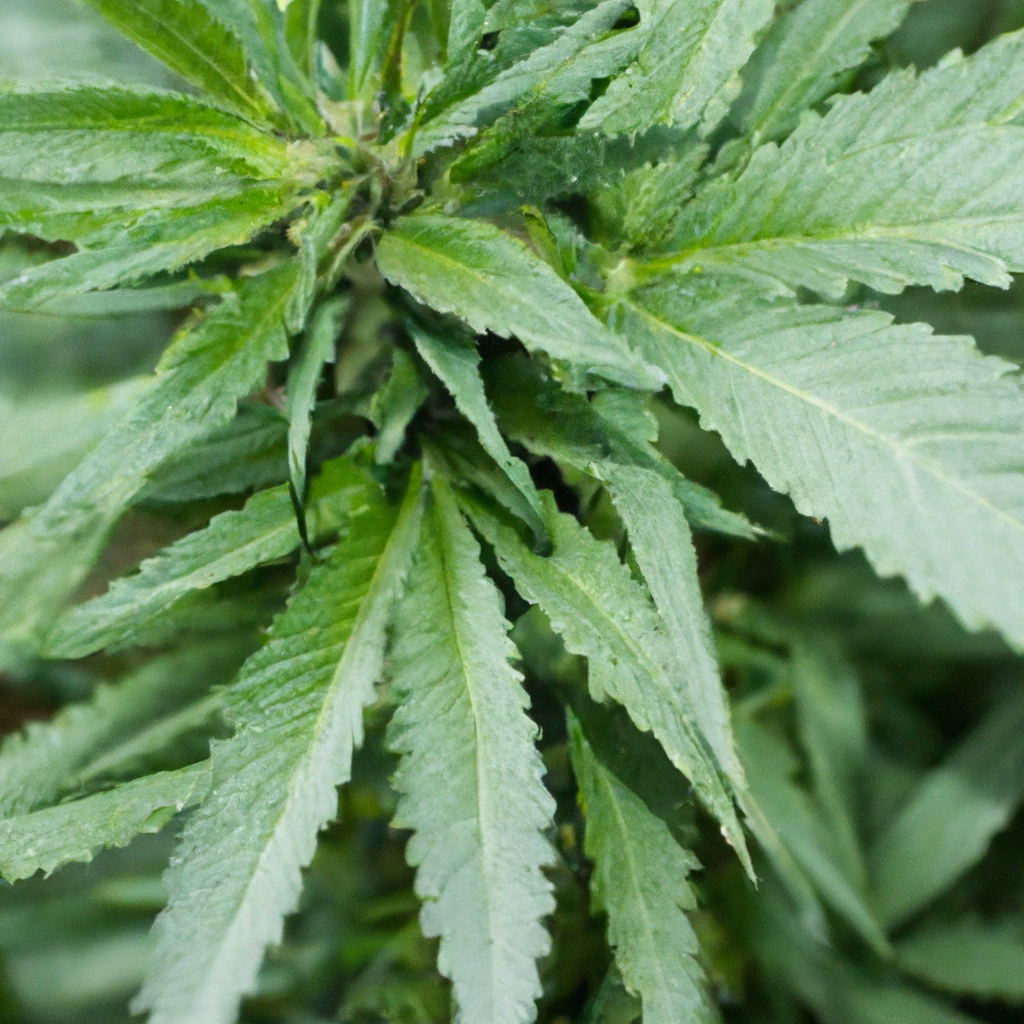
Organic cannabis cultivation offers a sustainable method of growing by enriching plant health and maximizing yield without synthetic inputs. With rising environmental concerns and consumer demand for organic products, more cultivators are adopting these methods. Key strategies include using organic soil amendments like compost and worm castings, advocating for beneficial insects for natural pest control,…

Cultivating cannabis can be both challenging and rewarding for enthusiasts and commercial growers. Mastering growth requires understanding genetics, effective lighting, optimal nutrients, and creative use of space. Key tips include selecting strains that match your environment, using full-spectrum LED lights, maintaining a balanced macronutrient mix, and employing vertical gardening techniques. By tailoring these methods to…
Growing cannabis outdoors leverages natural elements but has its challenges. This guide provides unique techniques for a bountiful harvest by optimizing soil microclimate through mulching, composting, and raised beds. Implement smart pest management with companion planting, natural predators, and neem oil. Improve watering with drip irrigation, timing, and rainwater harvesting. Adapt to seasonal shifts with…
Proper airflow is crucial in cannabis cultivation for maximizing yield and plant health. This blog post explores the importance of strategic airflow management and provides practical solutions for growers. Key techniques include using oscillating fans to circulate air evenly, setting up air intake and exhaust systems, and mitigating issues like overcrowding and high humidity. Regular…
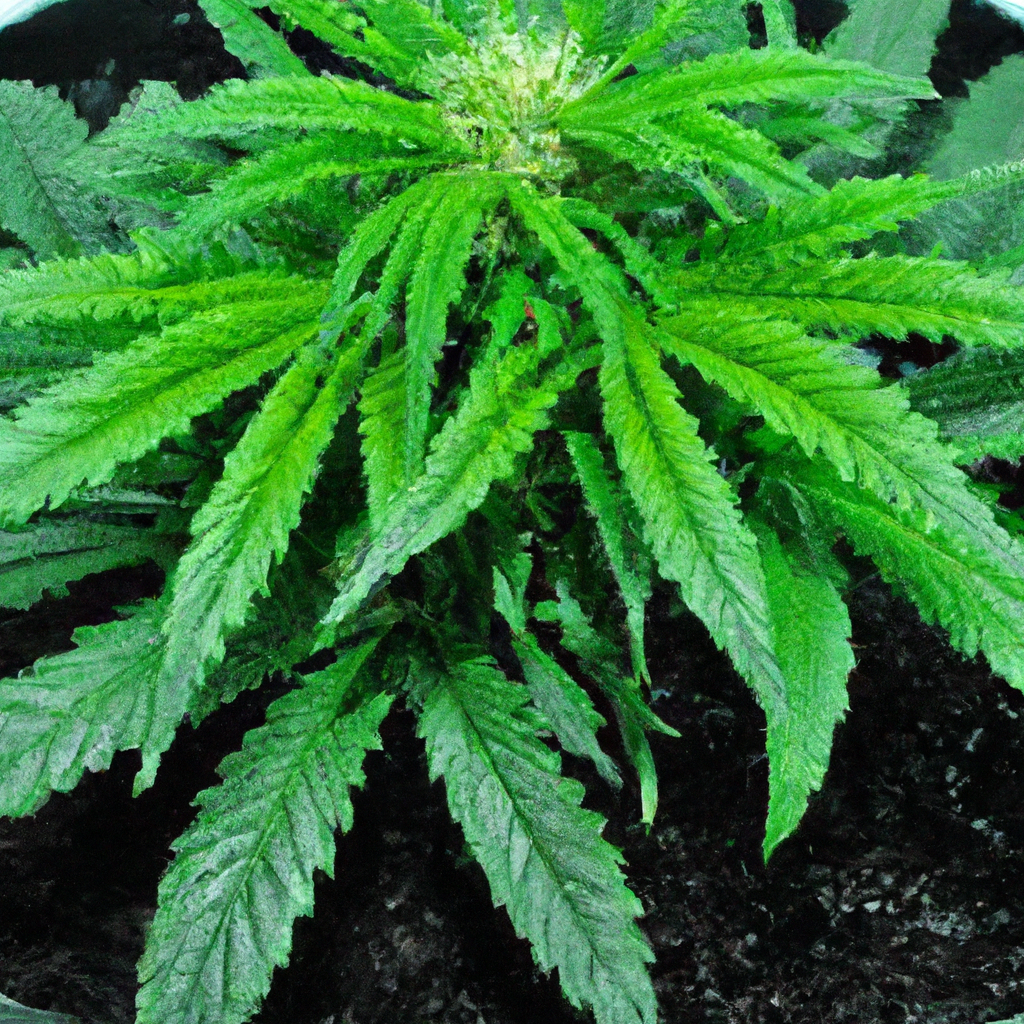
Effective moisture management is crucial in cannabis cultivation, impacting plant health, yield, and potency. Balancing soil moisture with proper watering and choosing well-draining soils like those with perlite or coco coir can prevent root rot and nutrient lockouts. Monitoring humidity is equally important; seedlings need 65-70%, while flowering plants thrive at 40-50%. Techniques like using…
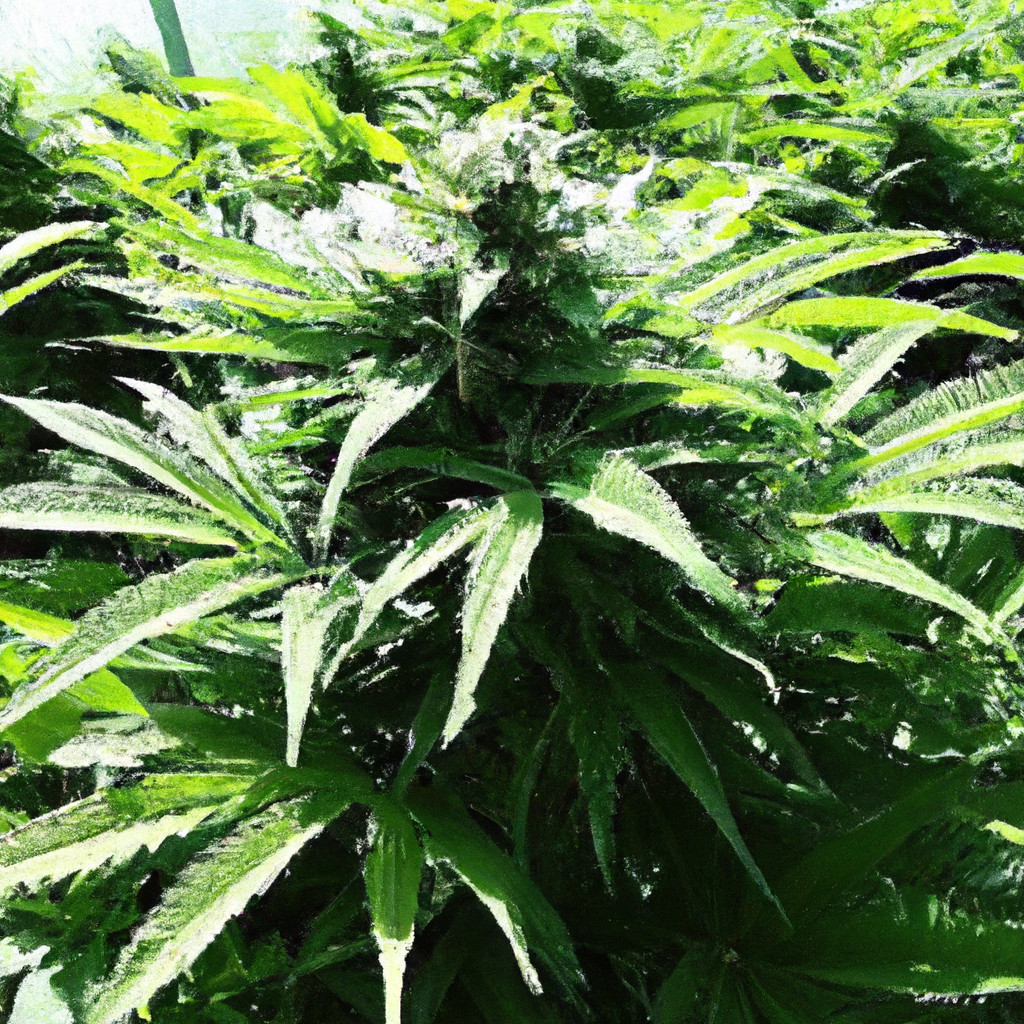
Mastering the art of shadowing can greatly enhance cannabis cultivation by balancing light exposure. Effective techniques such as using shade cloths, natural shade, and adjustable shelters can prevent heat stress and nutrient deficiencies in plants. However, challenges like inconsistent coverage and pest management need careful attention. Successful implementation requires regular monitoring, investing in quality materials,…
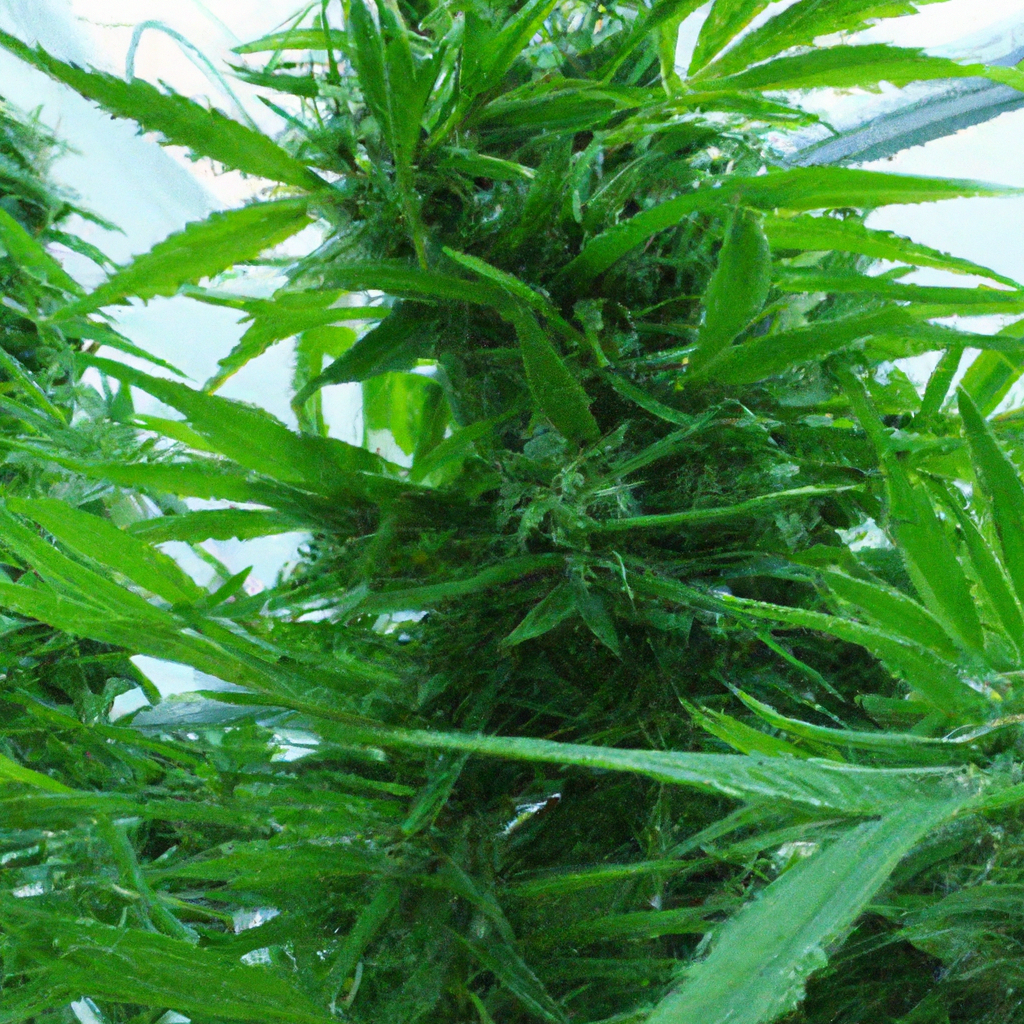
Efficient management of your cannabis canopy can significantly enhance the quality and yield of your harvest. By leveraging innovative canopy management techniques, you can optimize light distribution, airflow, and plant health. Essential strategies include pruning, defoliation, topping, fimming, and both low and high stress training. These techniques ensure maximum light efficiency, promote bushier growth, prevent…
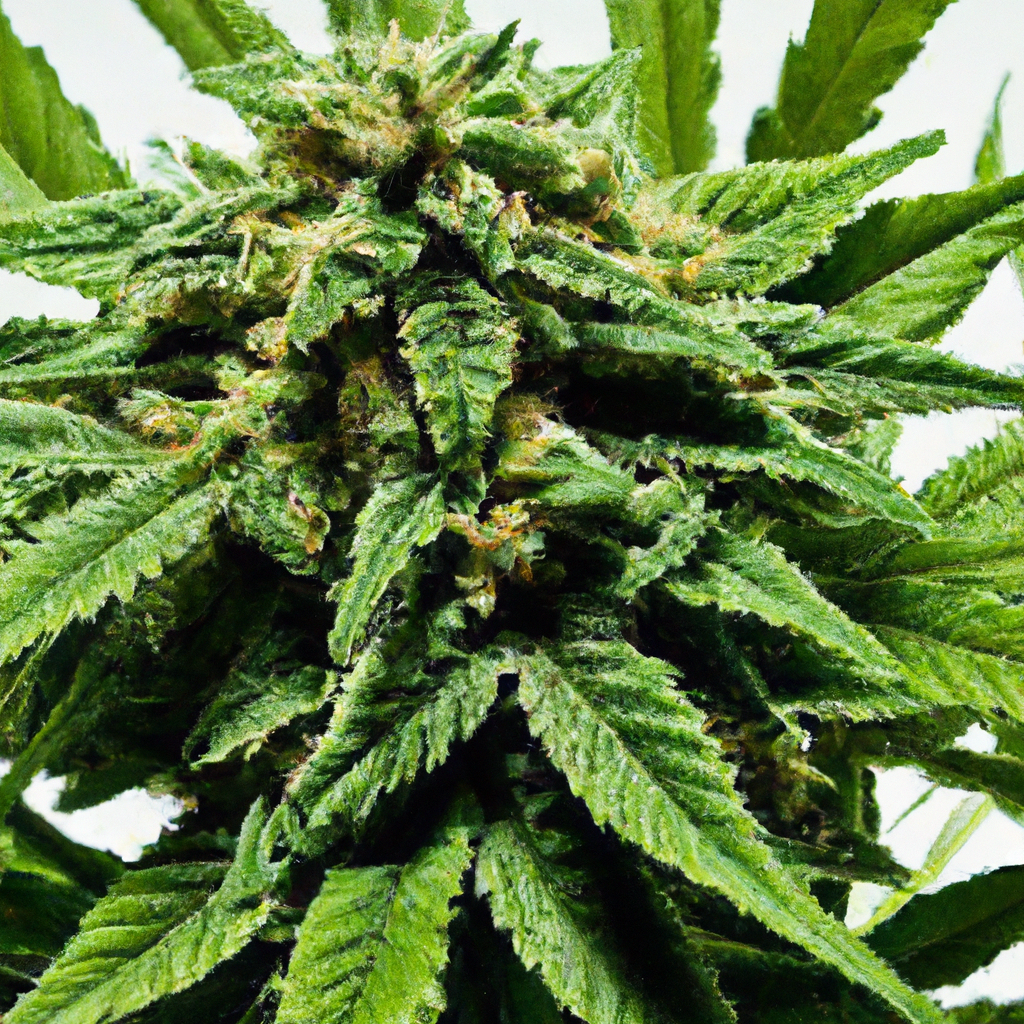
Growing cannabis successfully demands attentive nutrient management to avoid issues like nutrient lockout, which can stunt growth and reduce yields. Nutrient lockout occurs when plants can’t absorb nutrients due to factors like pH imbalance, salt buildup, and improper watering. Key symptoms include leaf yellowing, stunted growth, and leaf damage. To combat lockout, maintain optimal pH…
